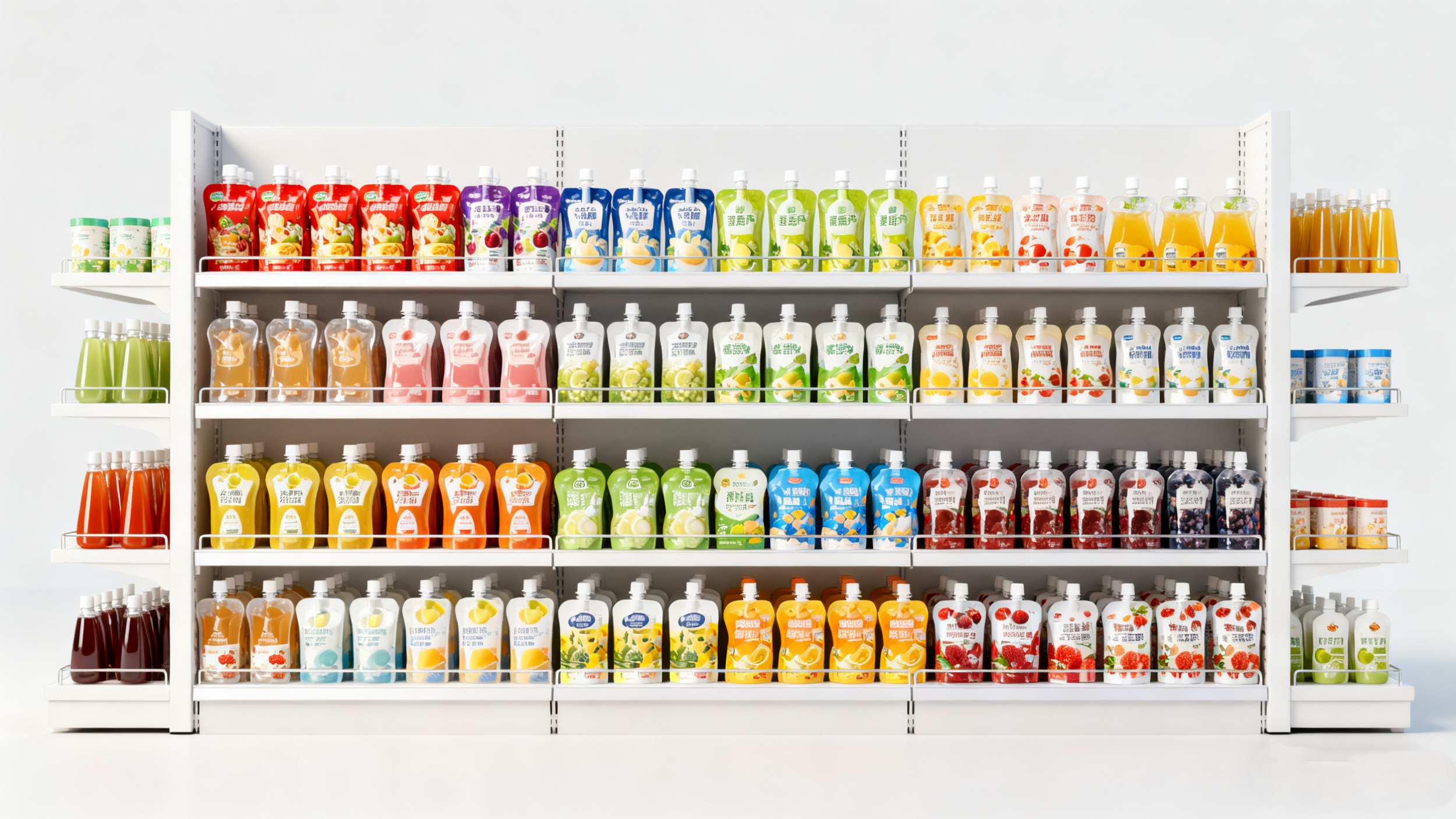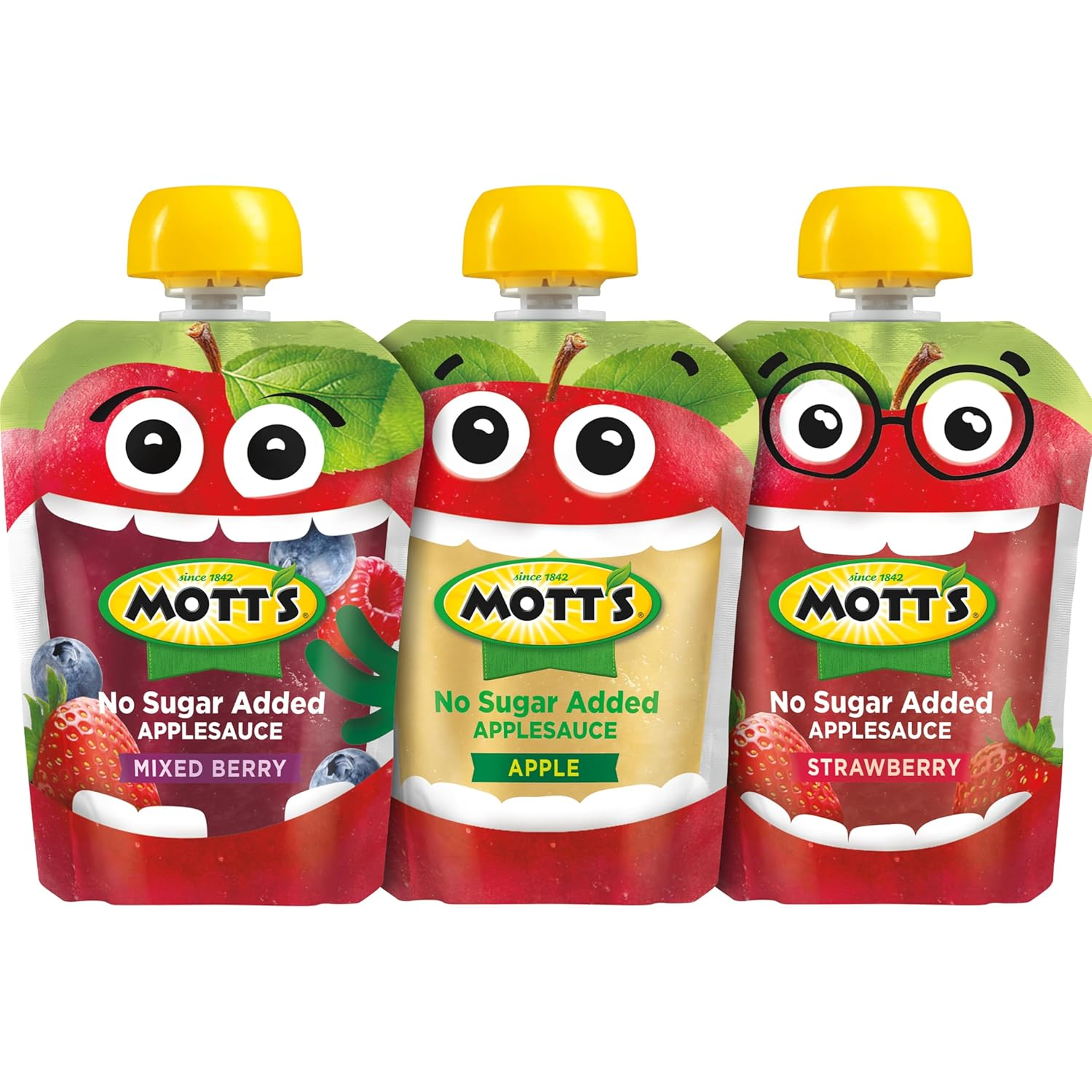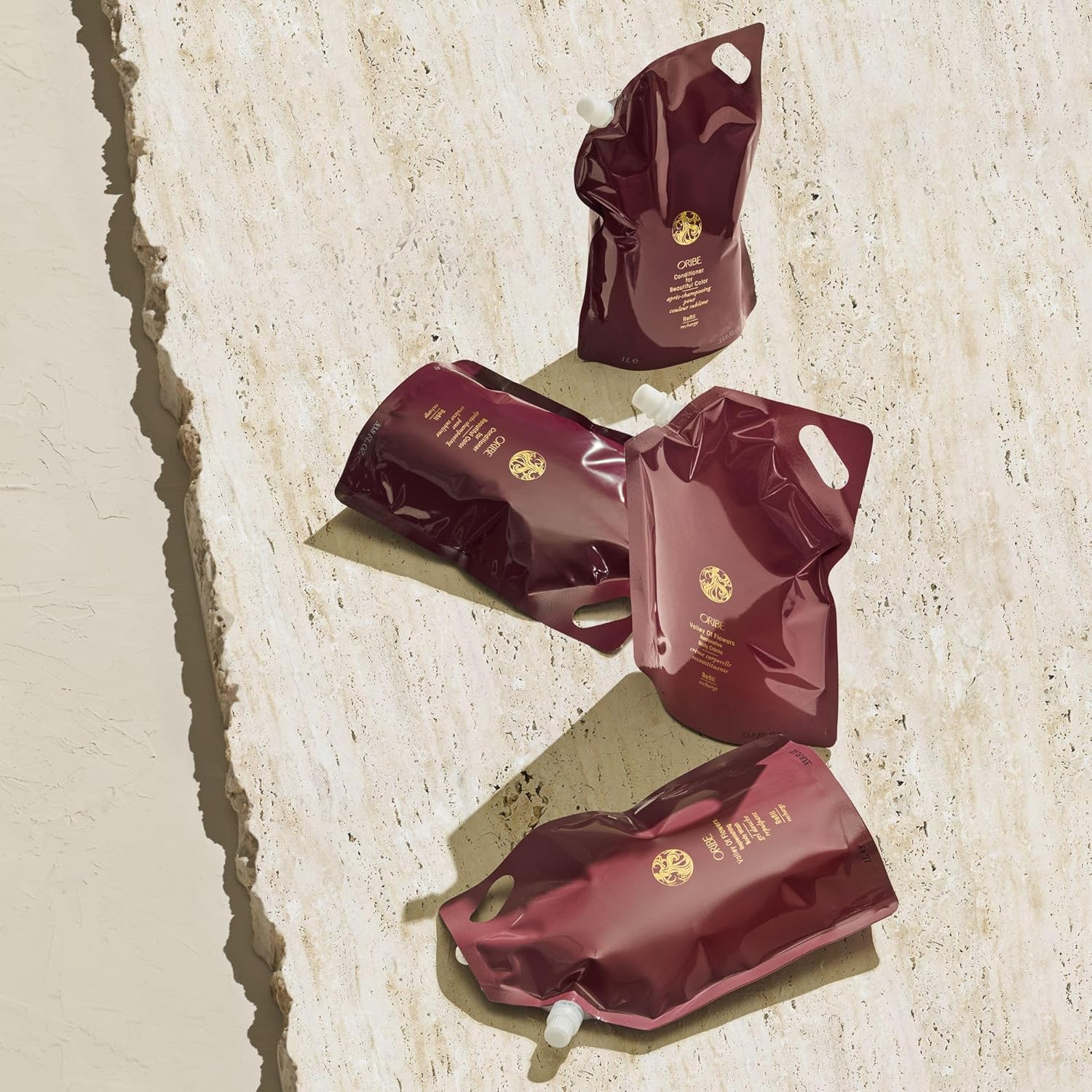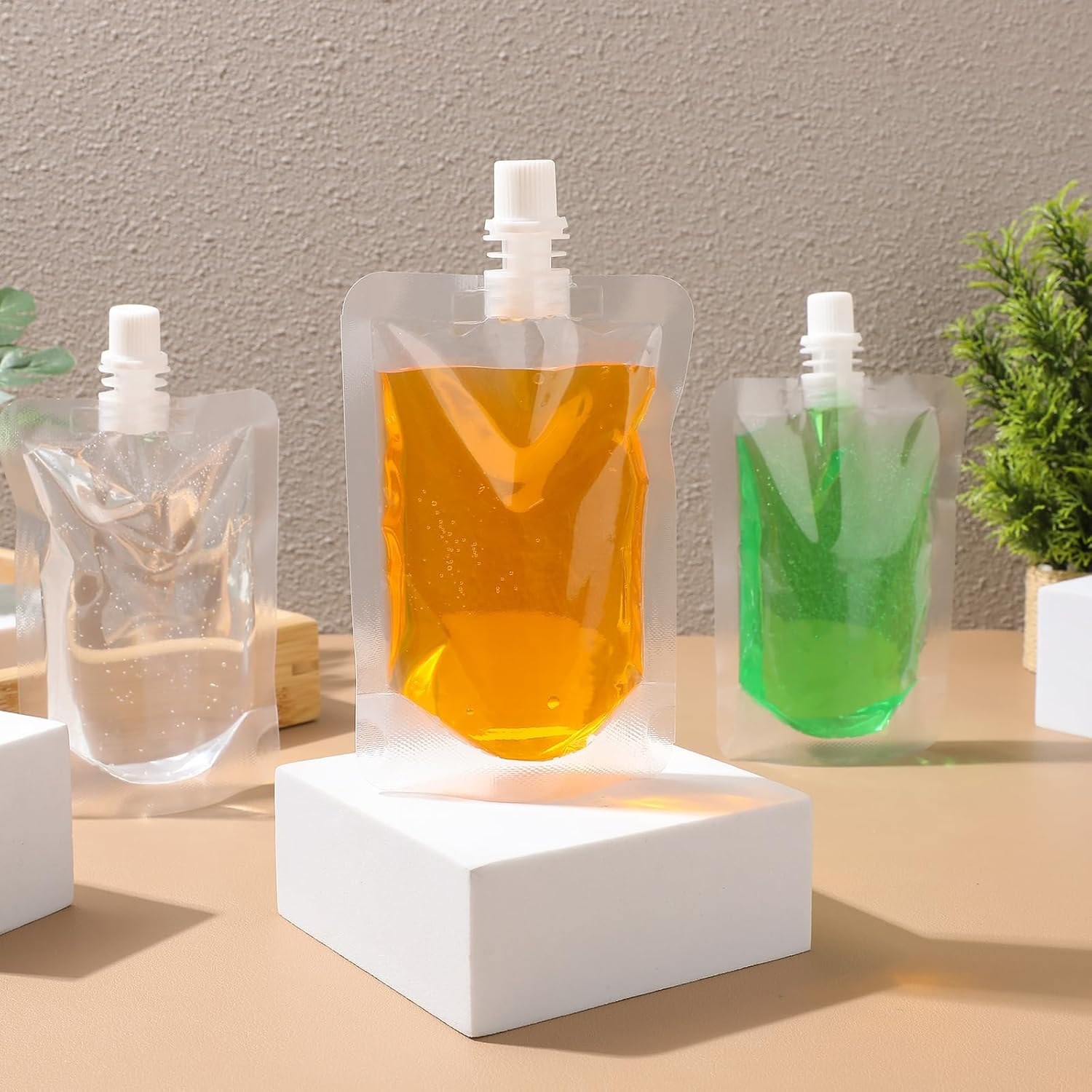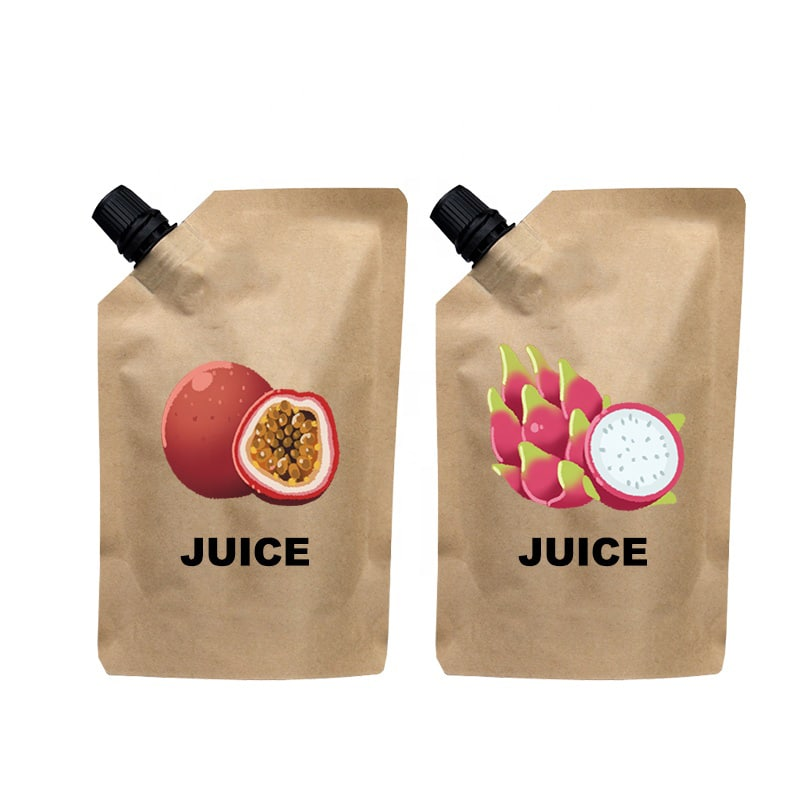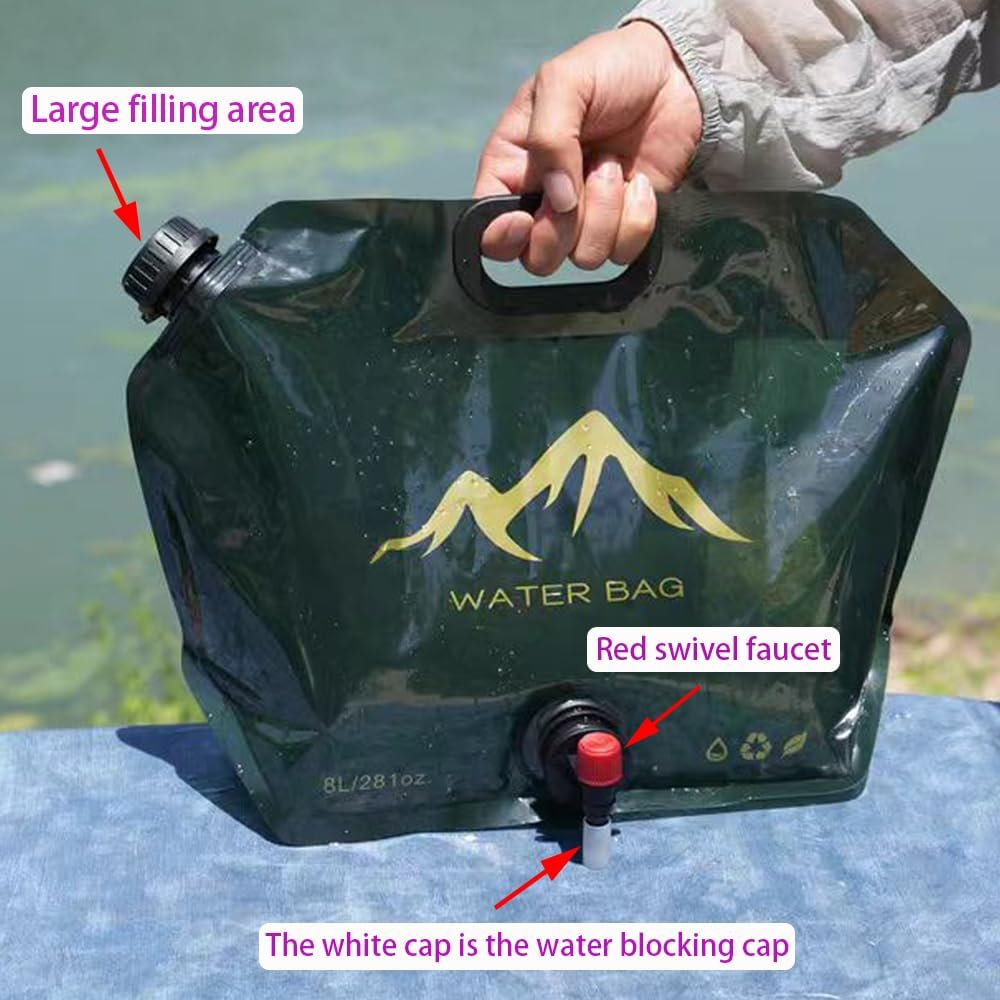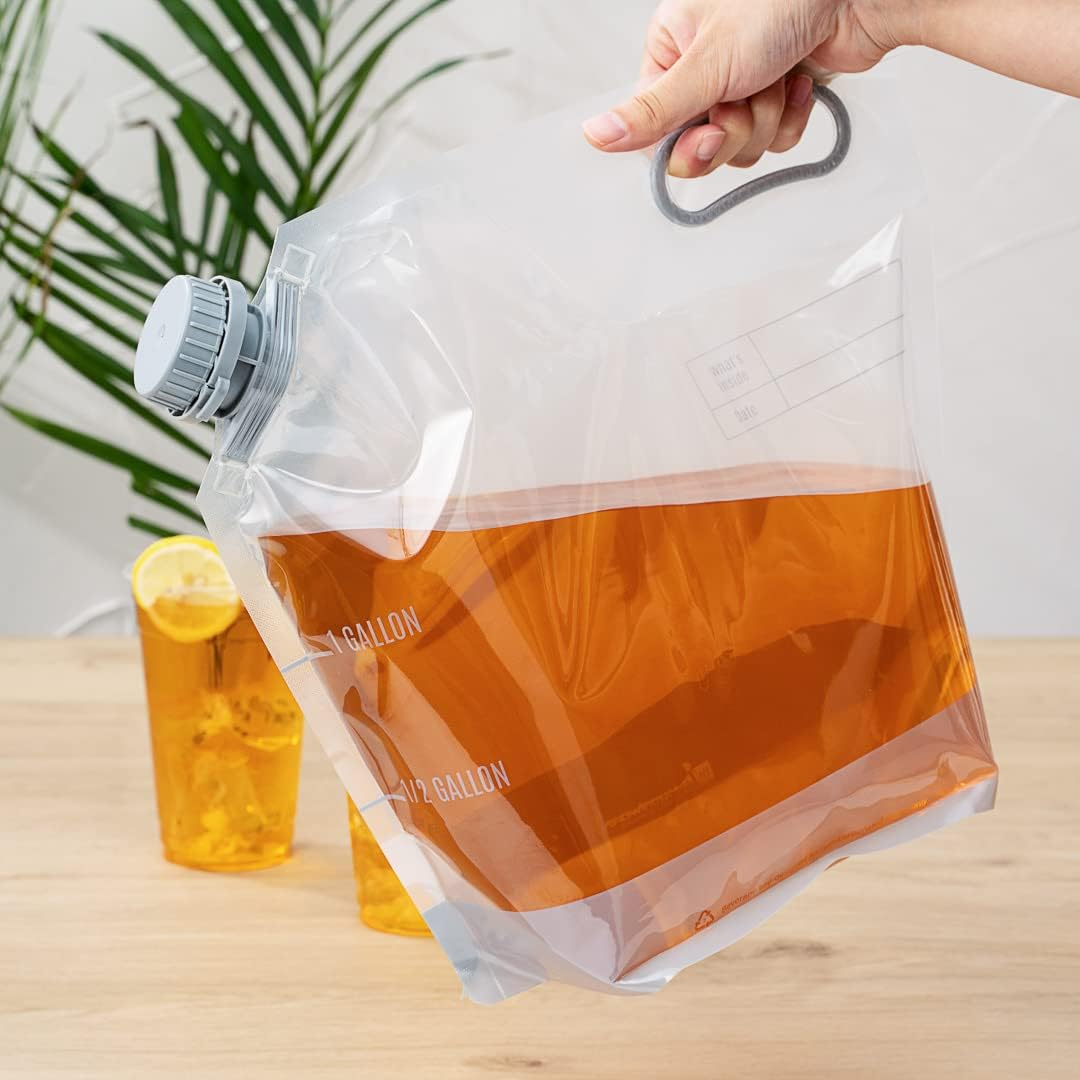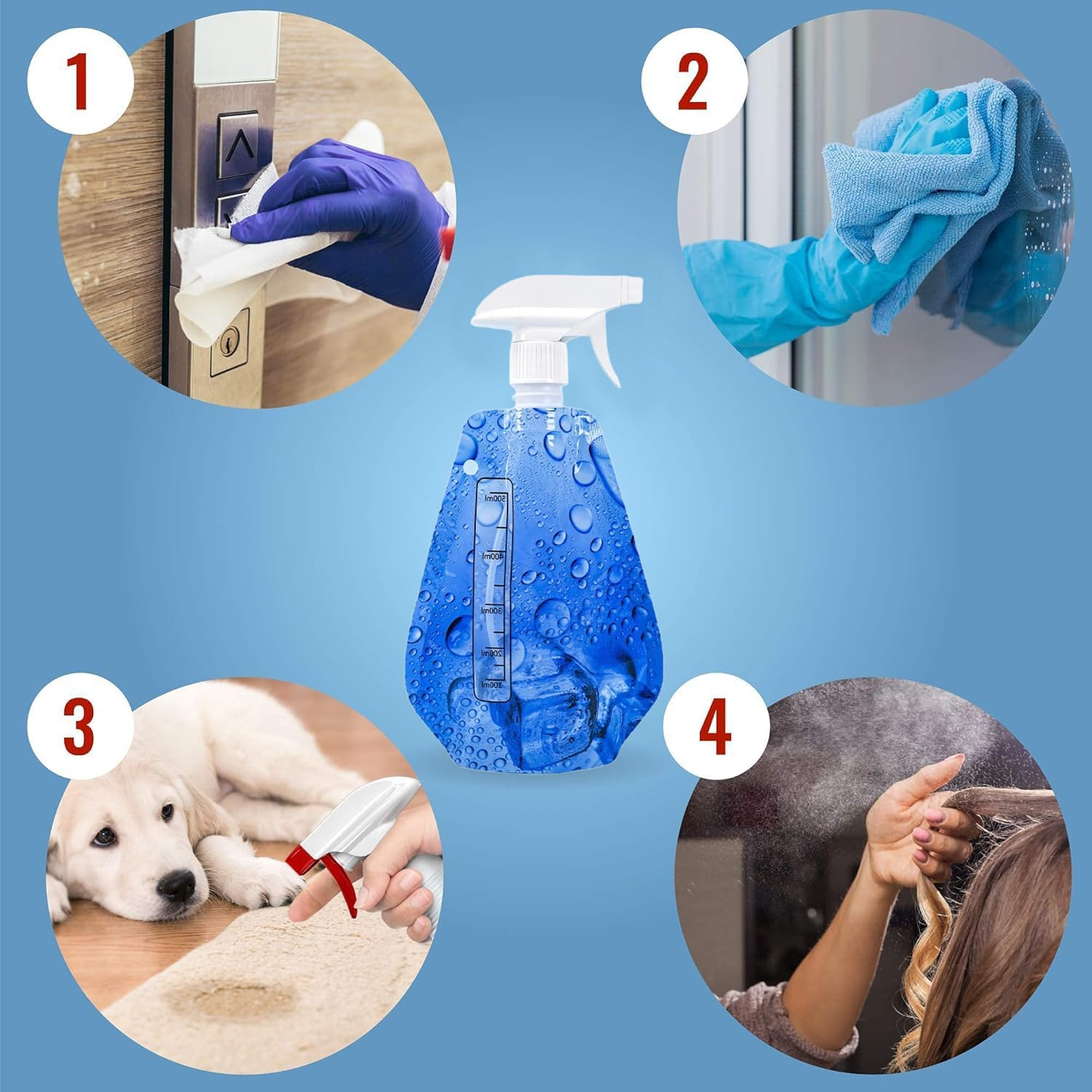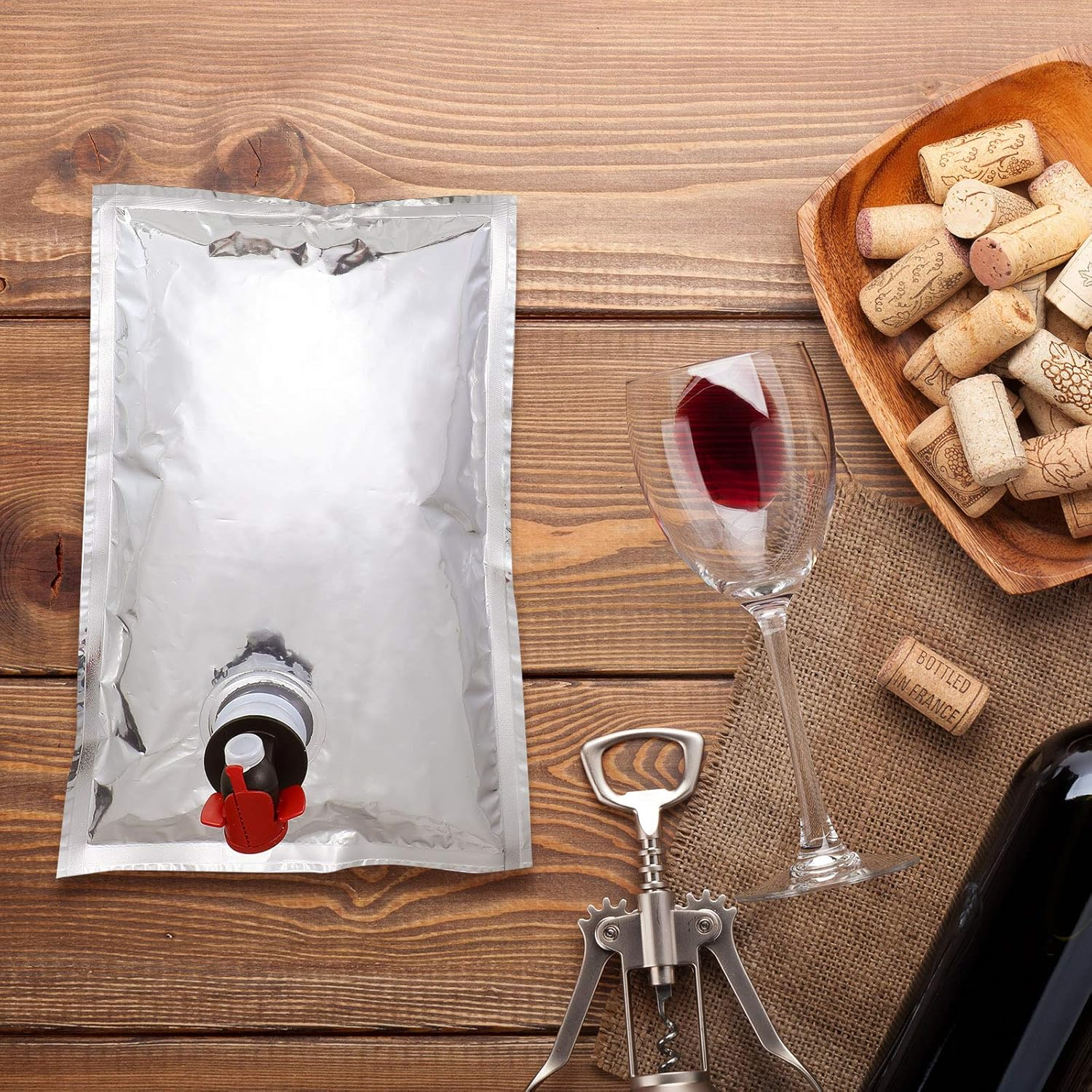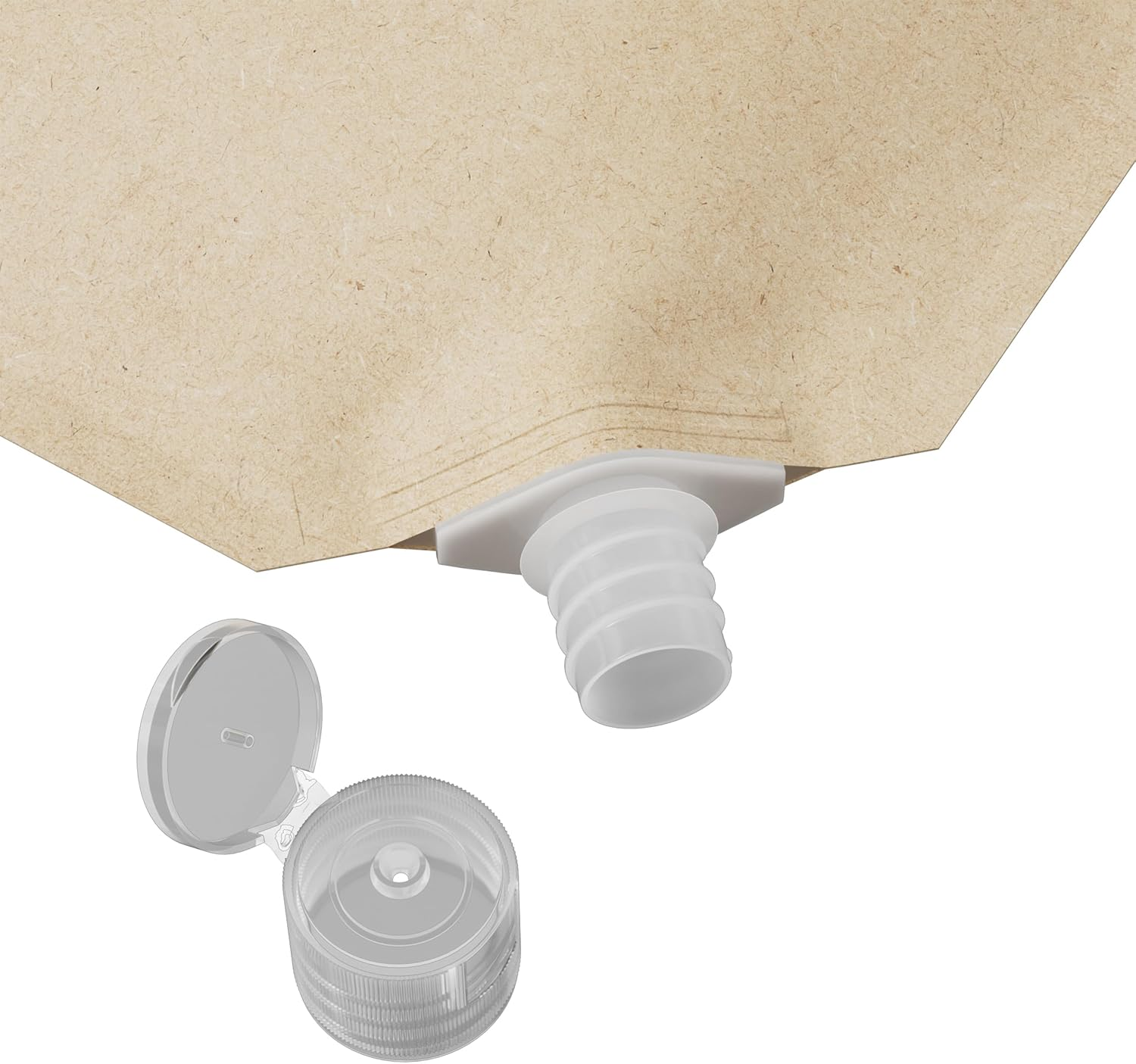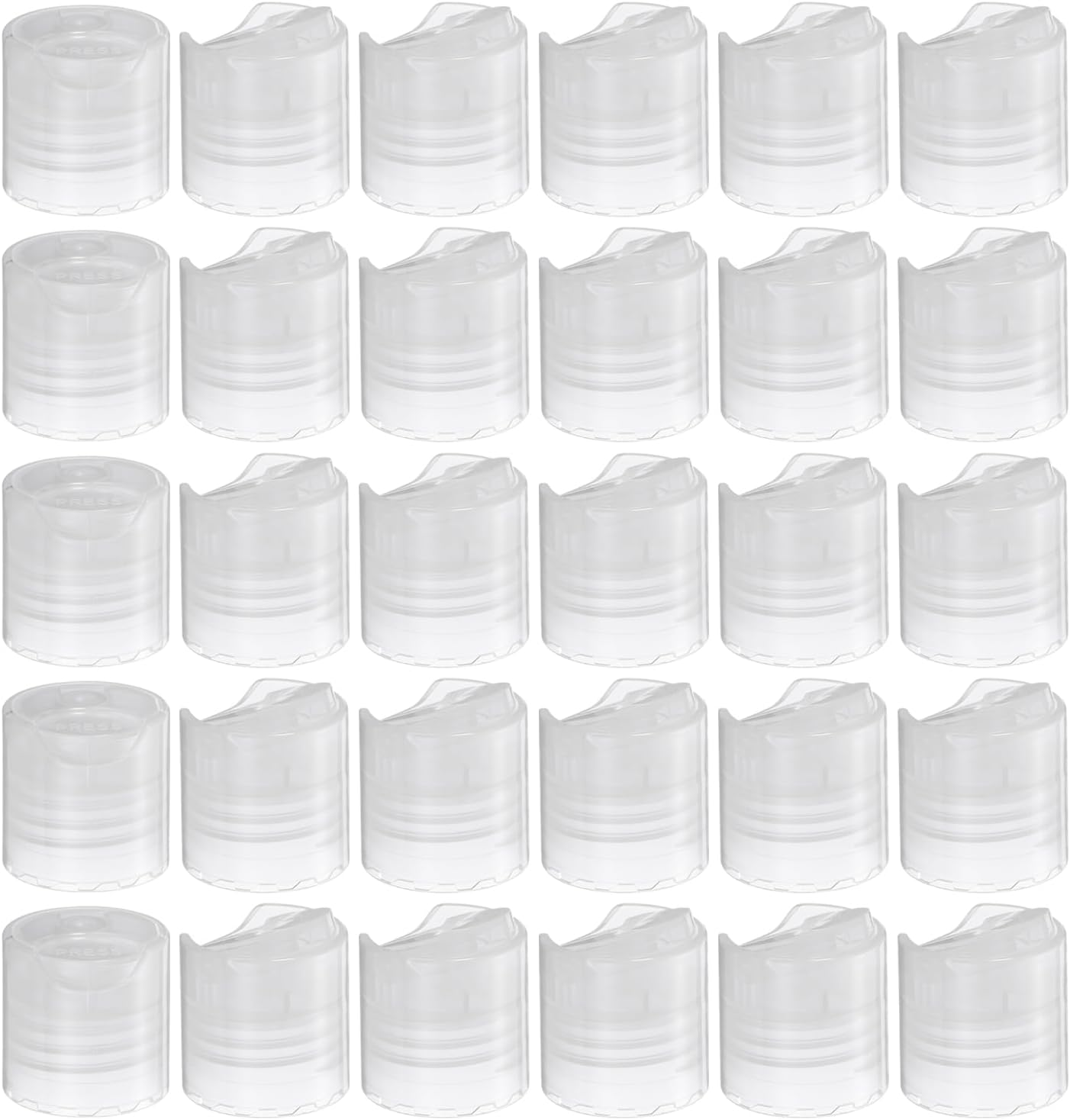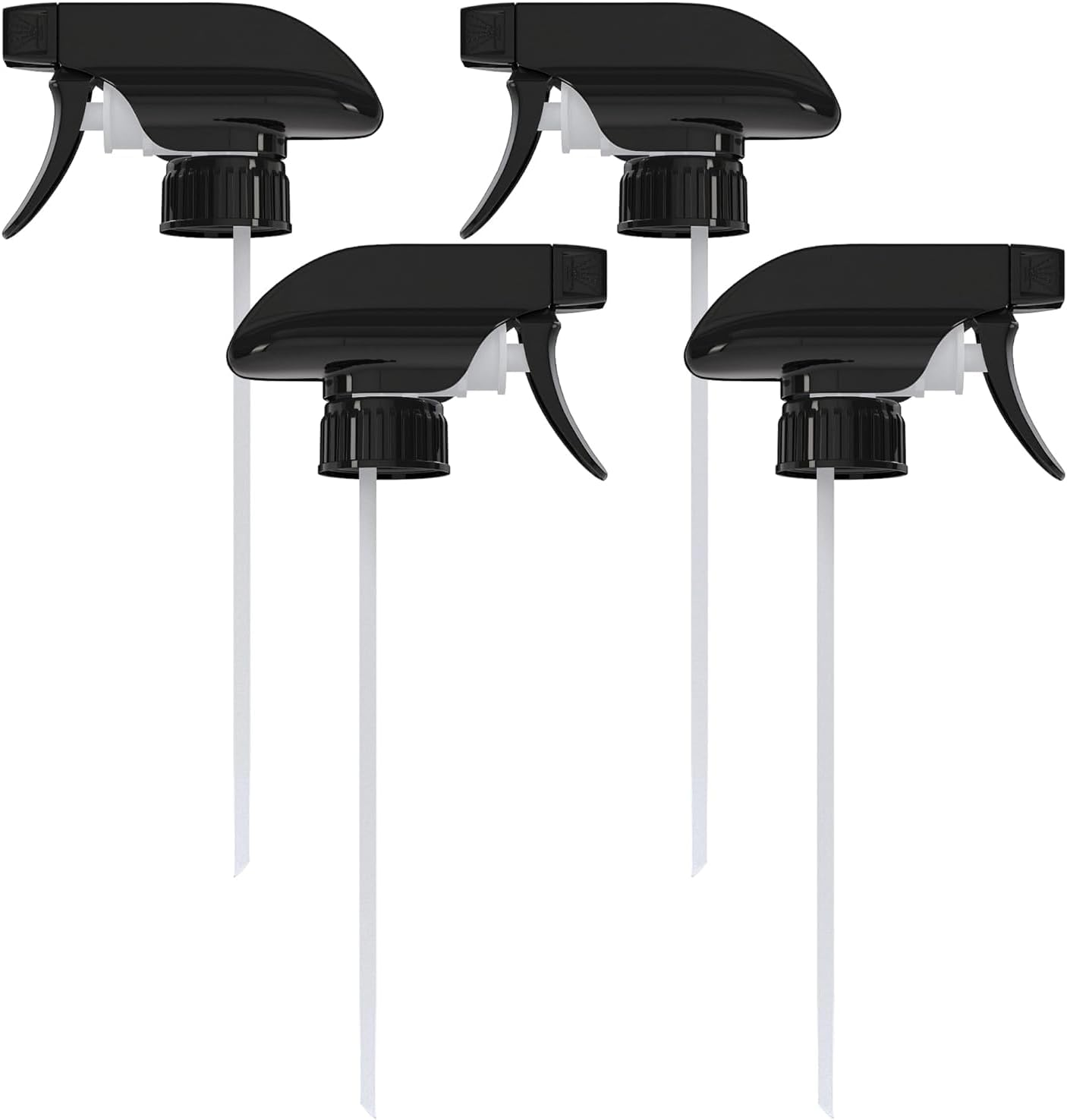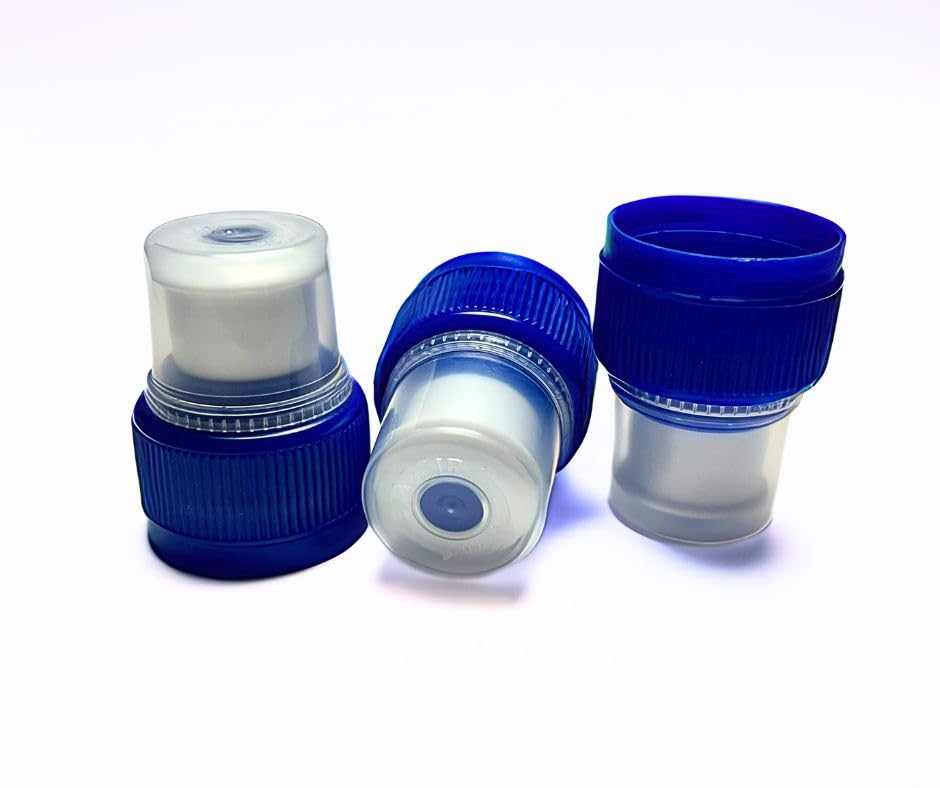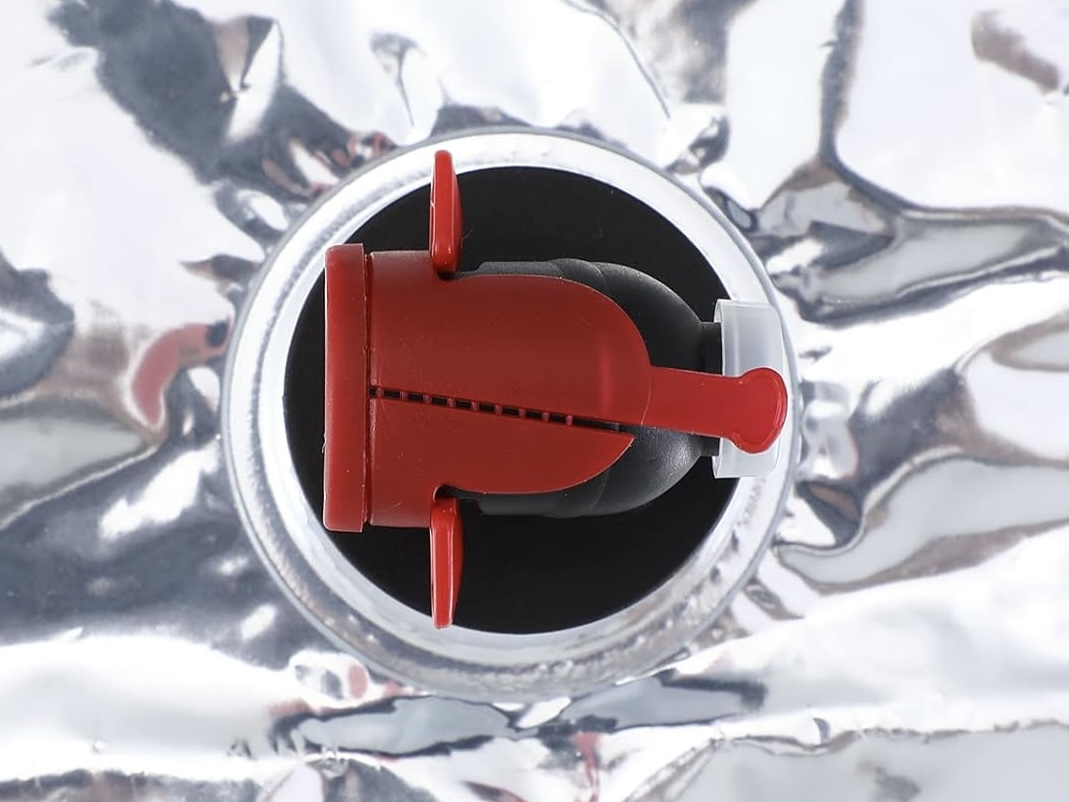Spout Pouch
Spout Pouch
FOB Price: USD 0.08-0.5 /Piece
MOQ: 15,000 Pieces
Supply Ability: 1,000,000 Pieces per Month
Payment Terms: L/C, D/A, D/P, T/T, Pay Pal, Wire Money, Money Group
Production Time: 30-45 days
Spout pouches are gradually replacing traditional bottles and cans in fast-moving consumer goods (FMCG) such as beverages, purees, and condiments. They are lighter, save shipping costs, and offer a variety of designs and materials to meet brands' dual needs for functionality and environmental sustainability. Whether it's beverages, baby food, sauces, or detergents, spout pouches are becoming a preferred packaging option for many companies.
MTPAK has been providing spout pouch solutions for food and beverage manufacturers for many years. This article will provide a comprehensive analysis of the key points you need to know when customizing spout pouches, focusing on common spout pouch styles, materials, and prices.
Why choose spout pouches for food and beverages?
The spout pouch initially emerged as a niche packaging format, but its unique advantages quickly gained recognition within the food and beverage industry. Derived from traditional liquid pouches, it integrates a dispensing spout and a secure seal, offering a more convenient and efficient user experience. With continuous advancements in materials science and manufacturing technology, the design and functionality of spout pouches have become increasingly sophisticated, making them suitable for a wide range of applications, from liquid beverages to concentrated sauces, snacks, and even household cleaning products.
The core advantages of spout pouches include:
l Branding: Spout pouches can be custom printed to display brand information and designs, making products more recognizable on retail shelves.
l Cost-effectiveness: Compared to traditional packaging, spout pouches are generally more economical, reducing packaging costs.
l Reduced waste: The spout design allows consumers to access nearly the entire contents, minimizing food waste.
l Convenience: Easy to carry and ready to use, they meet the needs of modern consumers' fast-paced lifestyles.
l Diverse designs: Different spout types cater to different needs, such as a sports-style flip-top spout for sports drinks and a child-friendly spout for children's products.
What are the common spout pouch styles and functions?
When customizing a spout pouch, you first need to choose an appropriate structure based on the product positioning.
1.Top Spout Pouches(Printed)
This type of spout pouch features a centrally located injection-molded nozzle, compatible with either a screw-on or flip-top cap for precise pouring and leak-proof functionality. It's commonly found in stand-up pouches, with pleats at the bottom or sides for added stability.
You'll often see it in supermarkets, for example, in food and beverages (juices, sauces, baby food) and household care products (cleaners, lubricants).
2.Corner Spout Pouches
Different from the top suction nozzle, this one has a suction nozzle designed at the corner of the top, which is more ergonomic and more convenient to hold with one hand. The corner nozzle saves space at the top and is suitable for large-capacity liquid or powder products from 500ml to 5L. The wrist naturally tilts when pouring to reduce splashing, and it is not easy to tip over when standing.
3.Transparent Spout Pouch
This flexible packaging, made from a highly transparent film and featuring a resealable nozzle integrated into the top, is characterized by visible contents, balancing practicality with presentation. Commonly used in the food, beverage, and beauty sectors, it's used in transparent yogurt bags to showcase the consistency of the product, and in transparent hand cream bags to clearly show the remaining quantity, meeting current consumer demand for visual content.
4.Aluminum Foil Spout Pouch(No Printing)
This flexible packaging, featuring an aluminum foil barrier layer and a resealable nozzle on top, offers strong barrier properties and is suitable for products that require long-term freshness preservation or light protection. Compared to transparent packaging, it prioritizes freshness preservation and protection, and is lighter than traditional tin cans or glass bottles, resulting in lower shipping costs.
5.Kraft Paper Spout Pouch
The Kraft Paper Spout Pouch is a flexible packaging format that combines environmental friendliness with practical functionality. Its outer layer, made of natural kraft paper, creates a simple, natural visual effect, making it ideal for food and beverage brands promoting healthy, organic, or environmentally friendly concepts.
6.Spout pouches With Tap
This flexible packaging bag is designed for large-volume liquid or semi-liquid products. Unlike common small spout pouches, this type of packaging features a tap on the bottom or side of the bag, allowing consumers to easily control the liquid delivery rate and avoid spillage and waste. It is commonly used in packaging products such as wine, juice, cooking oil, and drinking water, replacing traditional glass bottles or plastic barrels.
7.Spout Pouch With Handle
This is a soft packaging form that adds a portable handle design to the traditional spout pouch. The bag body is generally made of multi-layer composite materials. The addition of the handle makes lifting and pouring easier and is especially suitable for large packaging scenarios.
8.Pump Head Spout Pouch
Pump head spout pouches are an emerging chemical packaging solution developed from flexible packaging. They primarily consist of a pump head and a bag body. While the bag body shares the same structure as standard stand-up flexible packaging bags, it is typically constructed from composite materials to meet diverse food packaging requirements. The pump head can be considered a universal bottle pump head. They are commonly used for packaging daily necessities and cleaning products such as hand soap, shower gel, conditioner, laundry detergent, and disinfectant. They are also suitable for some foods, such as sauces and concentrated liquids.
9.Shaped Spout Pouch
Spout pouches with specific designs differ from conventional rectangular or square packaging and are often customized based on brand positioning or product characteristics, such as animal shapes, fruit shapes, or creative outlines. This type of packaging is more visually appealing and is particularly suitable for target groups such as children's food, snacks, juice, or functional drinks, allowing it to stand out on the shelf.
10.Wine Purse Refill Bags
It is a derivative of the Bag-In-Box(BIB) family, designed for home or catering refills of beverages such as wine. It comes with a built-in nozzle or valve and uses an inner bag for storage, takeout, camping, picnics, pool parties, etc. This innovative design is especially suitable for places where glass bottles are not allowed and you want to drink some red wine. Just refill your wine or beverage into this secret wine bag.
What is the material of the spout pouch?
The material used for the spout pouches directly impacts the packaging's practicality, protective properties, and consumer experience. Since some brands prefer clear, transparent packaging to facilitate product visibility, the surface treatment of the material is crucial.
A typical spout pouch is made from multiple layers of different barrier materials, primarily polyester, polypropylene, and aluminum foil. These barrier materials are laminated to form a continuous sheet, with each layer performing a specific function.
l Outer layer: Printed with brand information and graphics to attract consumers. Commonly used materials include kraft paper, aluminum foil, and transparent plastic, which can accommodate high-precision printing and specialized surface treatments.
l Middle layer: This layer, the core of the spout packaging, is made from aluminum foil, polyethylene terephthalate, or metallized film. Commonly used materials include AL, PA, VMPET, and PET, allowing for flexible combinations based on product characteristics.
l Inner layer: This inner layer, which comes into direct contact with your product, must be food-contact-safe. FDA-approved LLDPE is the most commonly used material. This material can be easily heat-sealed, providing a hermetic seal and tamper-evident properties.
How many designs of spout pouch caps are there?
Each spout pouch cap design is tailored to specific products and usage scenarios, impacting both the consumer experience and the packaging's seal and shelf life. The following nozzle types are available for each spout bag style:
Flip Cap: Easy to operate, convenient to open and close, and reusable. It features a built-in tamper-evident seal for a secure seal. Its wide spout allows for clean and controlled pouring, making it commonly used for dry, powdered, and liquid products.
Screw Cap: Suitable for products that require long-term storage, such as liquid beverages and seasoning oils. It has a built-in tamper-evident seal, good sealing, can be tightened repeatedly, and has reliable leak-proof performance.
Disc Cap: A disc or push-type dispensing cap that is ideal for dispensing liquid products such as conditioner, shampoo, and lotion. It also offers excellent dust and leak resistance.
Spray Cap: Providing differentiated options, the sprayer nozzle is also very practical. It is very suitable for products such as chemicals and detergents. It can spray evenly and is easy to pack and use.
Pull-top Cap: The outer cap is designed to ensure product hygiene. It can be easily opened and safely resealed. It is ideal for liquid products with high hygiene standards.
Valve Cap: Mostly used for gas or carbonated beverage packaging, it can maintain internal pressure, prevent overflow, and facilitate flow control. It is an ideal distribution choice for wine bags.
What is the price of spout pouches?
The price of a custom spout pouch depends primarily on the material, size, printing process, and functional design. For buyers, unit price and delivery availability are often of primary concern.
Taking MTPAK as an example, our custom spout pouch FOB price ranges from USD 0.08 to 0.50 per piece (depending on the material and printing requirements). The minimum order quantity is 15,000 pieces, with a monthly supply capacity of up to 1 million pieces. Production lead times are typically 30-45 days. This data not only provides industry reference but also helps brands and procurement teams more accurately plan budgets and manage their supply chains.
Conclusion
As brands increasingly pursue eco-friendliness, portability, and differentiation, spout pouches have evolved from an alternative to traditional liquid packaging to a mainstream choice. Whether your product requires barrier properties, environmental friendliness, functionality, or design, custom spout pouches offer the optimal solution.
If you're looking for a reliable spout pouch manufacturer or would like a custom quote, please contact our team. We'll provide you with a packaging solution that meets industry standards and helps your brand stand out in the market.
Email:account@mtpak.com
Contact us:https://mtpak.com/contact-mtpak


